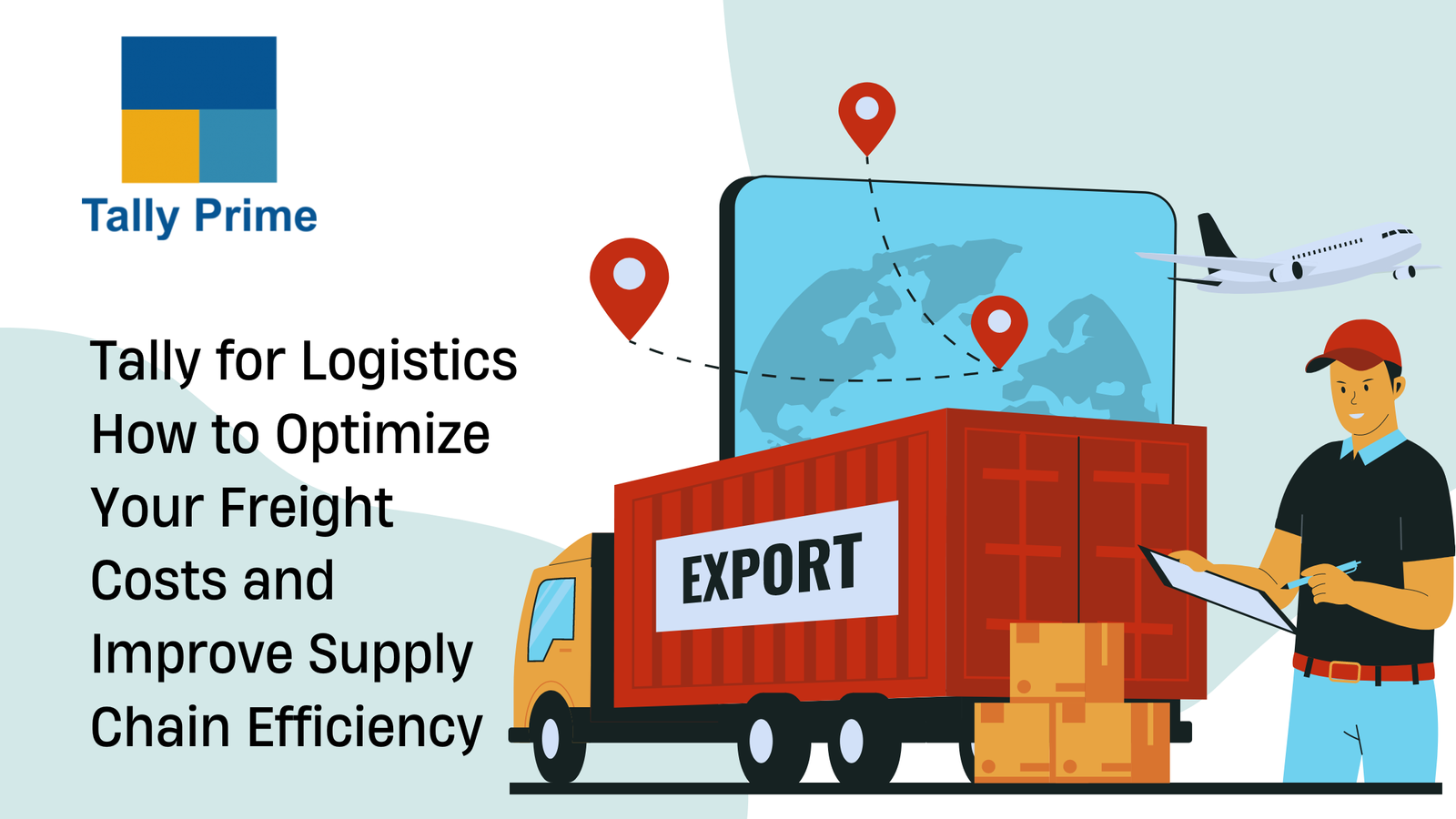I. Introduction
Tracking and optimizing costs, like fuel surcharges and tolls, as well as streamlining processes to shorten transit times, improve inventory control, and boost customer satisfaction are all part of managing freight costs and supply chain efficiency in logistics.
In logistics, optimizing freight costs is essential to raising competitiveness and profitability. Logistics firms may boost their profit margins and provide clients with more competitive pricing by cutting back on superfluous expenses. This enables them to increase their clientele, grow their business, and maintain an advantage over rivals in the sector.
Tally plays a crucial role in freight cost optimization by providing a comprehensive solution for managing freight operations, tracking expenses, and generating reports. It streamlines day-to-day operations, automates invoicing and billing, and integrates financial accounting, ensuring accurate and timely recording of freight costs. This leads to increased operational efficiency, improved cash flow, and better decision-making.
II. Understanding Freight Costs
A number of factors are included in freight prices, including labor costs, packing fees, fuel surcharges, tolls, and other ancillary costs. The overall cost of transportation is usually calculated by adding these expenses to the basic cost of goods, which can vary based on the mode of transportation, distance, and other variables.
Precise tracking of freight expenses is essential for making well-informed logistical decisions. It helps businesses to find places where expenses may be cut, optimize their routes, and bargain with carriers for lower rates. Inaccurate tracking may result in lost revenue, improper use of resources, and a decline in competitiveness.
III. Using Tally to Optimize Freight Costs
Creating a freight expenditure ledger and assigning costs to particular items are necessary steps in tracking freight expenses in Tally. This can be accomplished by first making a ledger for freight expenses, and then using Tally's "Cost Tracking" tool, assigning the costs to the appropriate items.
By producing comprehensive reports that break down costs by carrier, shipment, and cost type, Tally can assist with freight cost analysis. Businesses can use this data to pinpoint areas that need improvement, such negotiating lower rates with carriers, streamlining their routes, and looking for ways to cut costs.
IV. Improving Supply Chain Efficiency
Improved supply chain efficiency leads to better customer satisfaction by ensuring timely delivery of high-quality products. It also reduces costs through optimized resource allocation, lower inventory levels, and fewer disruptions. Efficient supply chains enable companies to meet customer demands while minimizing risk and maximizing profitability.
By monitoring inventory levels, automating warehouse processes, and producing reports to pinpoint bottlenecks, Tally enhances supply chain efficiency. It makes it possible to check stock levels in real time, expedites the processing of orders, and enhances the storage and retrieval procedures, all of which lower expenses and raise customer satisfaction.
V. Conclusion
Tally for logistics helps improve supply chain efficiency by tracking inventory levels, automating warehouse operations, and generating reports to identify bottlenecks. It enables real-time monitoring of stock levels, streamlines order processing, and optimizes storage and retrieval processes, reducing costs and improving customer satisfaction.



